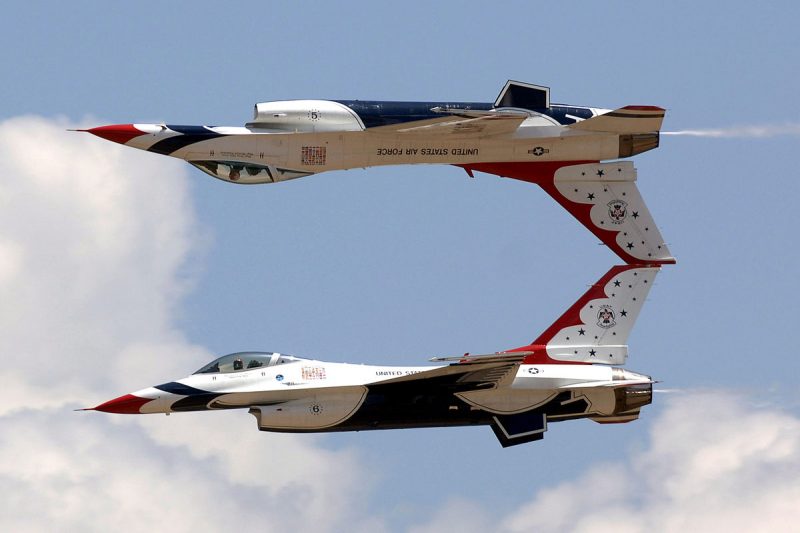War History Online proudly presents this Guest Piece from Jennifer Grant who writes on behalf of the American Flags
Each year, approximately 1,200 young men and women enter the Air Force Academy as individuals, but form tight-knit squadrons as they learn together, play together and eventually serve together.
Academy squadrons are officially designated by the numbers 1-40 but are known to cadets and insiders by the nicknames that pay homage to operational Air Force squadrons of lore. The Dirty Dozen, Dogs of War, Barnstormers and Warhawks all fly once more in the halls of the Academy.
Just as the American flag has its own symbolism, the patches of the U.S. Air Force Academy squadrons have theirs, too. They embody and illuminate the true character and spirit of its bearer. Here are some very interesting stories behind the symbols, patches, and nicknames of the U.S. Air Force squadrons.
All the nicknames given to the squadrons are full of history and purpose.
Dirty Dozen (12th)
The Dirty Dozen is one of the original 18 Air Force squadrons, created in 1957. The blue triangle in their symbol represents the sky and the earth. The chess-patterned runway at the bottom of their patch represents the anticipation of the adversary’s moves and readiness to respond with courage and wisdom, resulting in a checkmate.
The Polaris star symbolizes the light of the heavens in the dark night of the earth. It is the bringer of knowledge and wisdom in troubled and dark times.
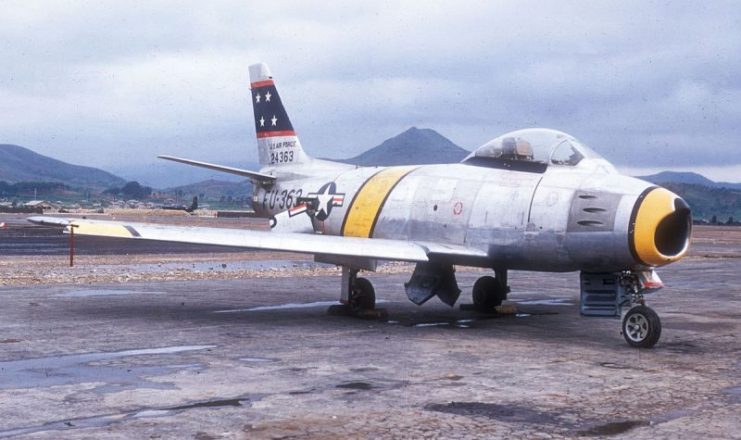
Behind the Polaris, you can see a white jet taking off. The white color symbolizes the valor and purity of the squadron. And the takeoff represents the willingness to act and soar to new heights.
The Dirty Dozen had a distinction of having the first wing commander in its ranks, Robert D. Beckel (in 1957).
In 1972, Charles M. Hardman rose to be the wing commander. The Dirty Dozen squadron took its patch from 401st TFW.
Fightin’ Fourth (4th)
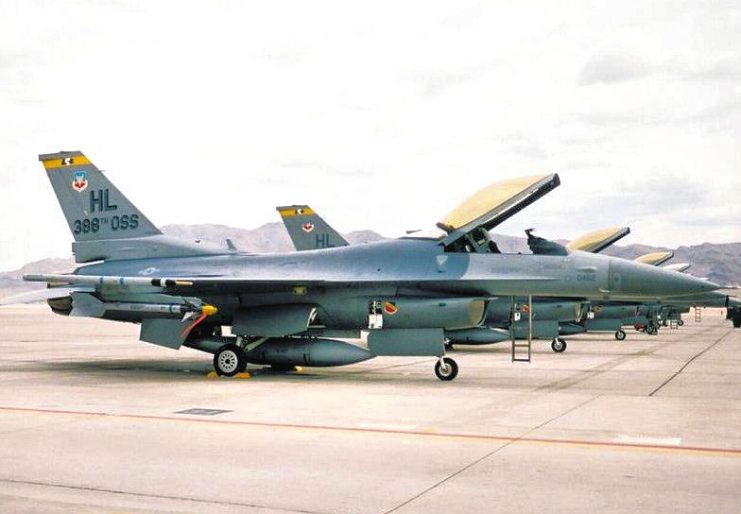
The Fightin’ Fourth is one of the few squadrons at the Academy that preserved its original name and patch. This is also the only squadron name that wasn’t chosen by the squadron itself, but rather by other cadets. The squadron name, Fightin’ Fourth, was given to them, due to an event that took place at the Academy in 1959 when they defended the Academy mascot from the opposing visiting athletic team’s prank.
In the center of the Fightin’ Fourth’s emblem are a propeller and wings. This symbolizes the readiness and willingness to achieve excellence in all their core values. The prop and wings insignia belongs to the upper-class cadets and represents the valor that puts them above the rest of the wing. A red number 4 is a big part of their emblem, representing the four years at the academy.
This squadron takes pride in Monty Moorberg, who was an All-American football player. Monty died in Vietnam flying an F-105. This squadron truly symbolizes the valor and bravery of the U.S. Air Force.
Hardbody (Animalistic) Sky Raiders (37th)
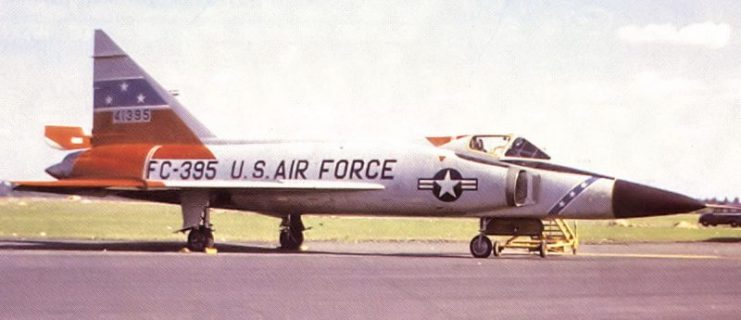
The patch represents the bold and brave, the determined and decisive nature of the 37th squadron. Who does not love a little valor and bravery? In the fall of ’69, Hardbody Sky Raiders were added to the Air Force Academy. Over time, the wing has expanded to 40 squadrons.
Their symbol displays a knight in shining armor mounted on a white bridle-less horse. It represents determination and bravery in the face of danger, upholding the tradition of valor and honor. Furthermore, it symbolizes that, with the highest esteem today, we are working for a better tomorrow. Bridle-less riding symbolizes the will to obey and freedom under its obedience.
Phantoms (24th)
The history of the Phantoms began in 1961 as a new squadron.
Their symbol depicts a North Star or Polar Star, which in this case represents the squadron’s interest in atomic energy and science, which are subjects that they study. Polaris is the brightest star in the sky, symbolizing the light in the darkness and knowledge that always triumphs over fear and the unknown.
The eagle is flying higher than all the other birds, so it is considered the chief of all flying creatures. They symbolize true courage and soaring to greater heights. In their emblem, the white-headed eagle holds a lightning bolt over the world. It stands for strength, courage and the will to learn, and in this way, the mind illuminates the dark corners of the world.
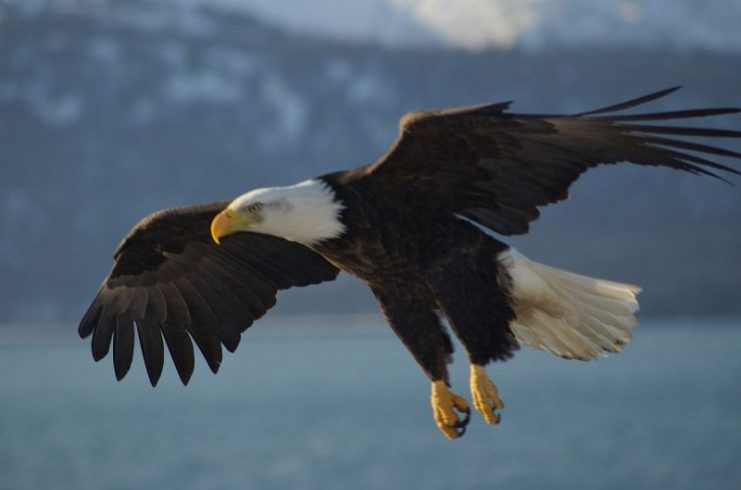
Phantoms are proud of many members of their squadron, like All-American fencer Warren Manchess and parachute champion, Alan Dillman.
At the end of every academic year, squadrons get the “Malanaphy Trophy.” This award is received by the squadron with the most Malanaphy points, which are earned primarily through outstanding leadership and contest wins. The Phantoms won this trophy in 1971-1972.
“Nightriders” (18th)
The Nightriders are known for their military and academic excellence. They became one of the squadron leaders, and their symbol depicts a black unicorn and a red chess rook.
A unicorn symbolizes graciousness, purity, uniqueness, perfect kindness, and all other divine character traits. It also symbolizes the strength of body and mind, and its horn symbolizes the divine sword or the divine light, strength, and fierceness.
All these qualities are what the Nightriders continue to represent throughout the history of their existence. In this case, the red chess rook represents the academy as the base and the beginning of a career in the air force.
Thunderbirds (U.S. Air Force official demonstration squadron)
A long time had passed since 1947, the time when the jet age was developing, while military aviation slowly but boldly marched into their long-dreamed-of future, with the birth of the U.S. Air Force.
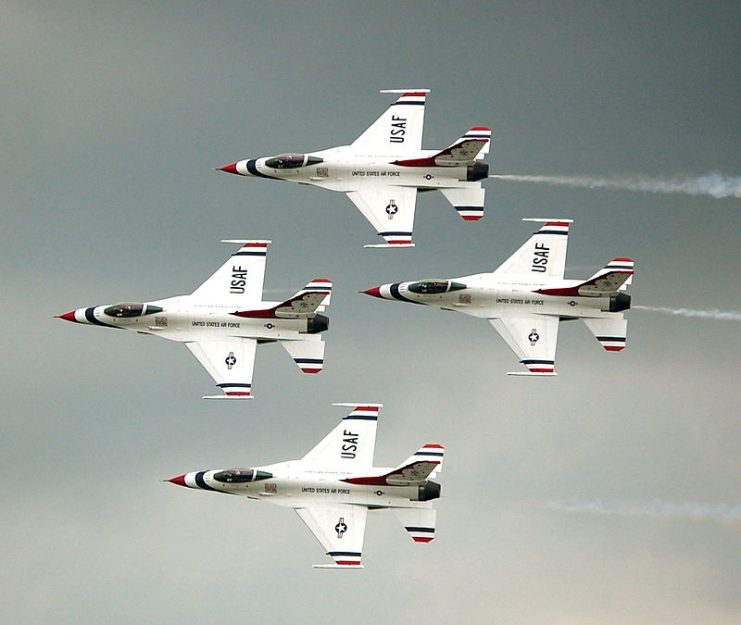
Six years later, in May of 1953, in Arizona at the Luke Air Force base, an official A.F. demonstration team, designated the 3600th unit, was activated, and the “Thunderbirds” were born.
Today, Thunderbirds are assigned to the 57th wing. They are based in Nevada, at the Nellis Air Force Base. Thunderbirds are the third oldest aerobatic team in the world. They were beat out for first by The United States Navy Blue Angels, formed in 1946, and the French Air Force demonstration team, formed in 1931.
The name is taken from Native American folklore in the southwest region where Luke air force base is located. The Thunderbird, for some native tribes, symbolizes might and power and is responsible for the sound of thunder.
The purpose of the Thunderbirds is to demonstrate loud and proud what the air force is all about. They have performed their spectacular wingtip to wingtip acrobatics all over the world.
